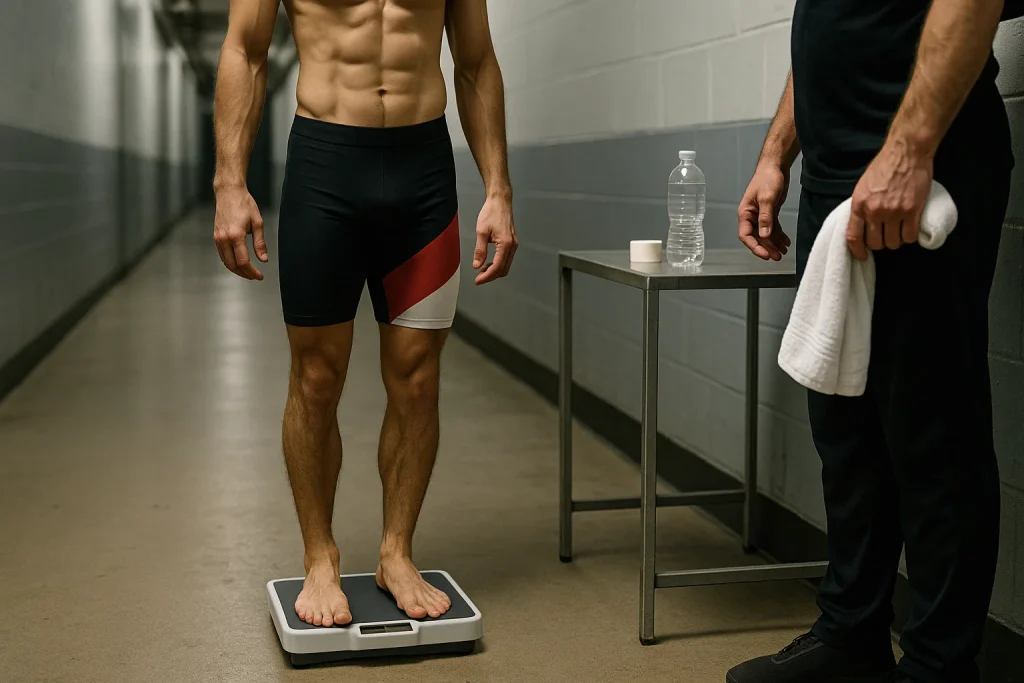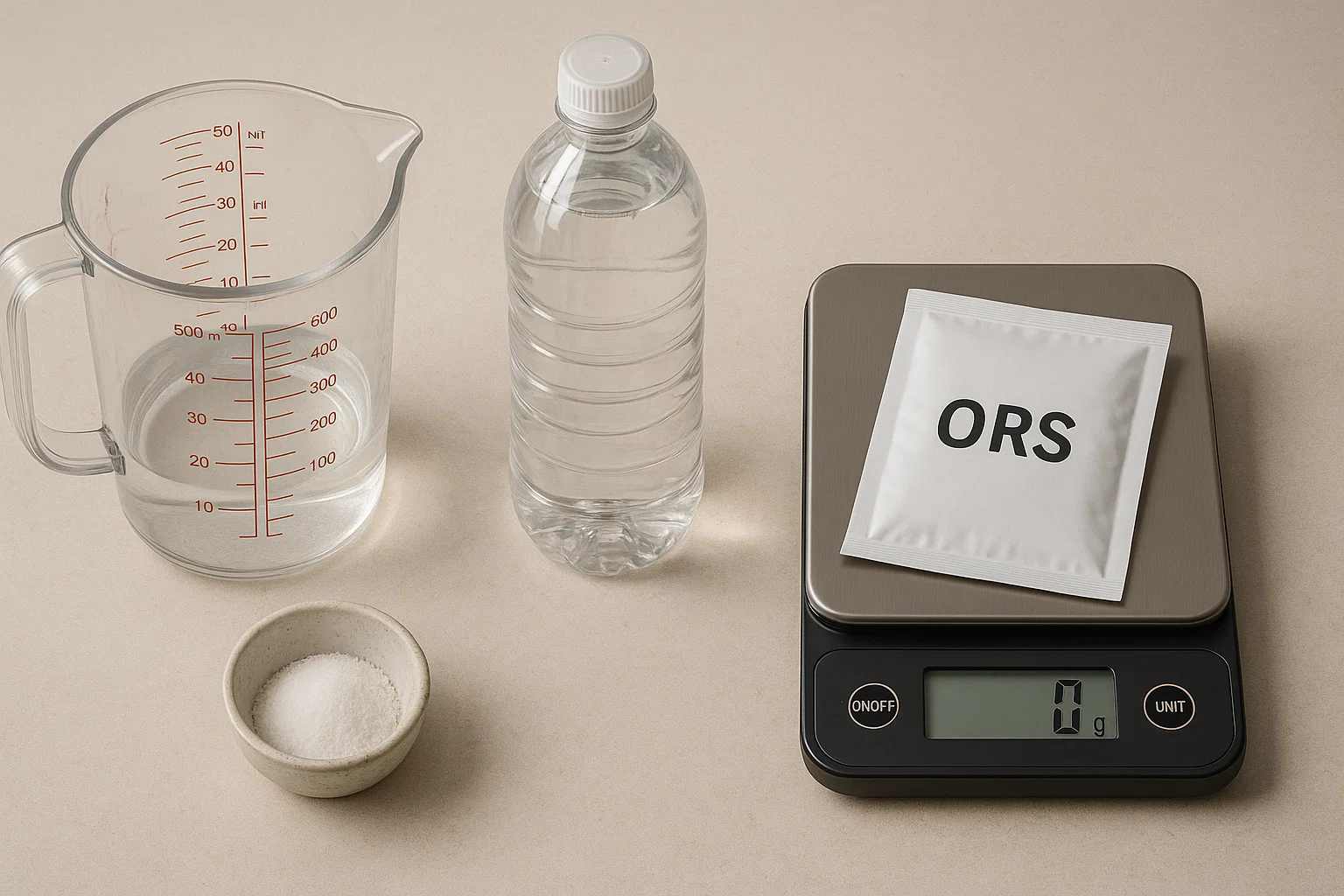MMA Weight Cutting Explained: Risks, Safer Strategies & Rehydration
Why fighters cut weight, the risks, and safer evidence-based strategies used by professionals.

Sensible planning beats extreme last-minute cuts.
Weight cutting is the biggest “fight before the fight.” Many athletes reduce ~2–10% body mass before weigh-ins—practices that, if mismanaged, can impair performance and health. This guide explains why fighters cut, what the main risks are, and safer approaches used by professionals, plus a simple rehydration checklist.
Why fighters cut weight
- Perceived advantage: Rehydrate after weigh-in and compete heavier than the opponent.
- Reality: Advantage is inconsistent; extreme cutting increases risk and may diminish cognition and power.
Key risks
- Acute kidney stress from rapid dehydration.
- Electrolyte imbalance; cardiovascular and cognitive effects.
- Reduced training quality in fight week and slower recovery.
Safer approach (overview—seek qualified medical/nutrition guidance)
- Play the long game: Keep camp weight within ~5–8% of division to avoid drastic last-minute losses.
- Minimize dehydration: Prefer gradual body-comp changes; avoid aggressive sauna/sweats without medical oversight.
- Professional plan: Use a sports RD for periodized carbs, low-residue menus, and monitored fluid/sodium strategy.

Rehydration checklist
- Know your loss: 1 kg down ≈ ~1–1.5 L fluid target.
- Start with an ORS/sports drink; sip steadily, don’t chug.
- Carbs: 1–1.2 g/kg over several hours with easy, low-fat foods.
- Avoid alcohol; limit caffeine until normal urination returns.

Regulatory snapshots
- Hydration checks: Some promotions link hydration status to weigh-ins.
- Re-classification: Medical re-checks if post-weigh-in weight rebounds exceed set thresholds.
Related reading: MMA | In-Depth






